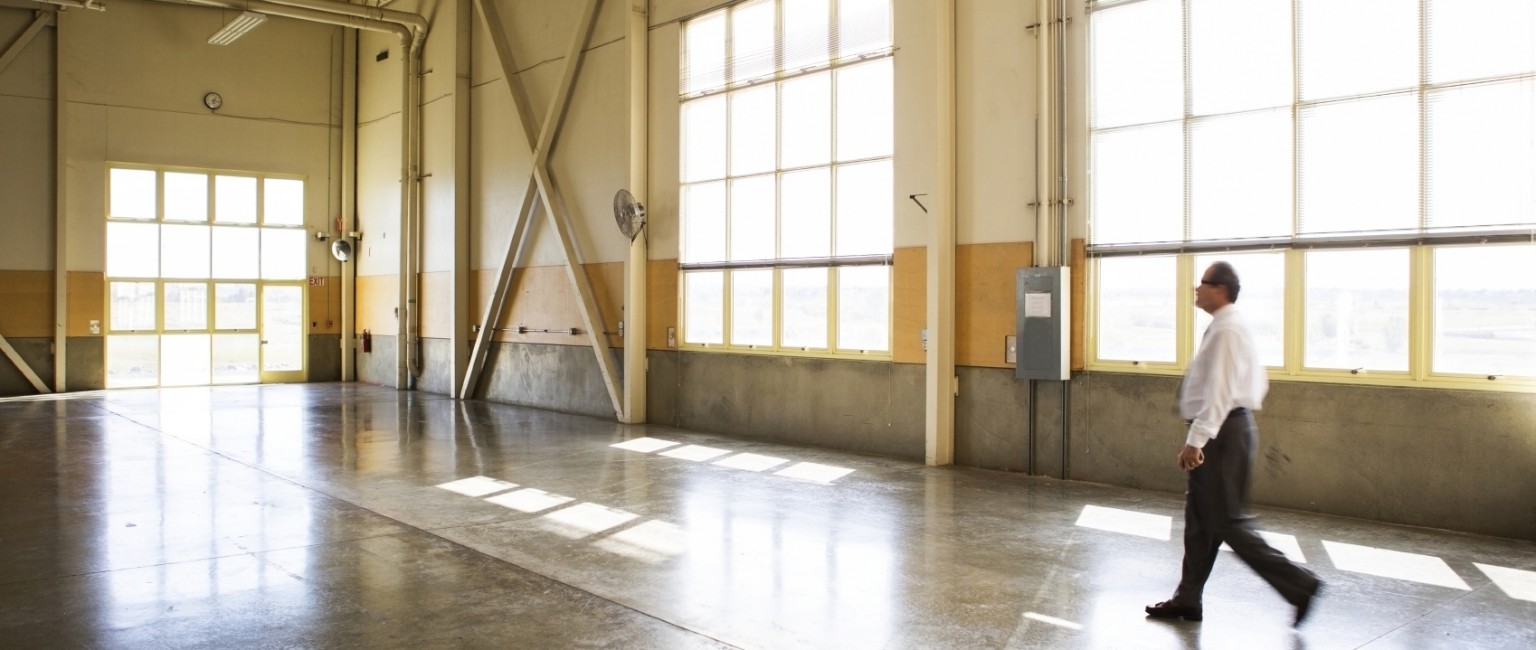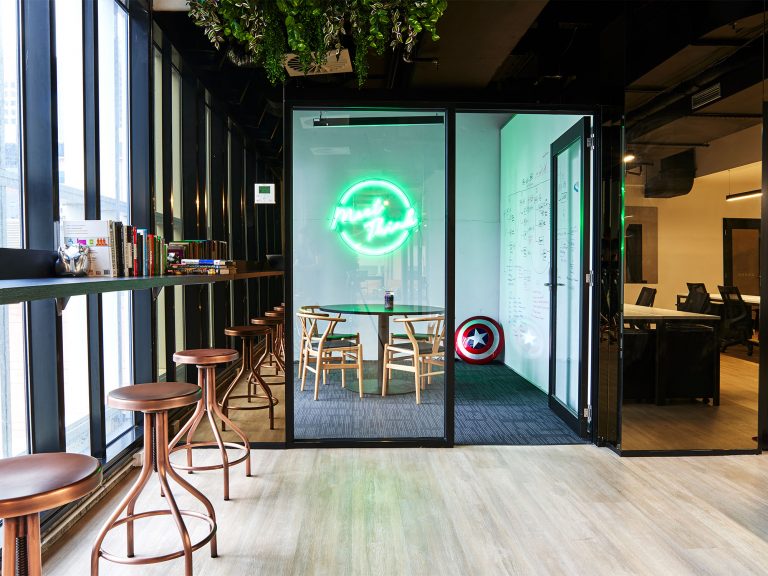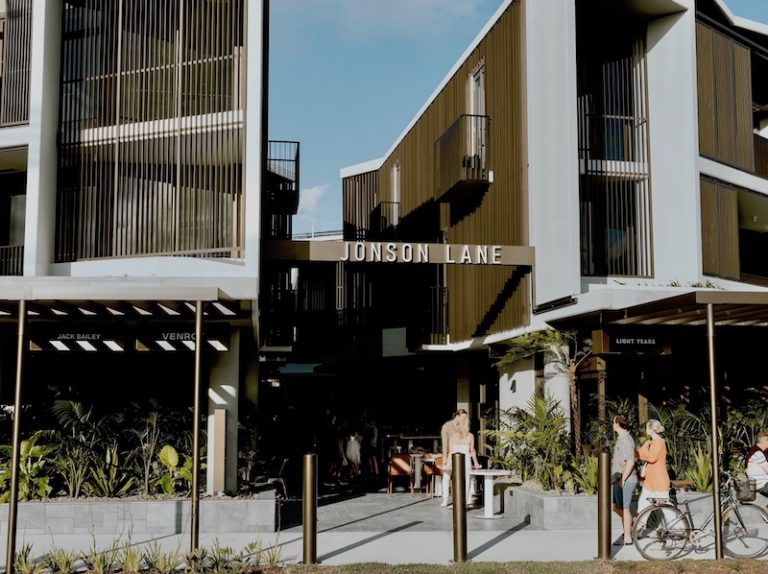How to: Choose the right commercial property

There are many things to consider when buying a commercial property and two of them are crucial to the future performance of your investment.
The first is the property itself, including land and improvements (buildings), and the second is the lease or business component.
It’s important to investigate and analyse the pros and cons of each component and how it measures against your overall investment strategy.
The commercial property
If you’re investing for capital growth, certain commercial, industrial or retail properties – such as A-grade office space – may prove the superior option. Remember, not all property types perform the same.
When analysing the potential of the physical property, position and location are often at the forefront of the decision-making process. That’s because with property, asset capital growth occurs from an increase in the value of land, with location influencing the supply and demand for land, which in turn determines value.
For example, land in and around a capital city’s CBD is typically more valuable than land on a city’s fringe. That’s because there is less land and greater demand in the CBD, which drives capital growth.
If you’re investing for capital growth, certain commercial, industrial or retail properties may prove the superior option.
Conversely, while land value increases, the value of improvements or buildings depreciates over time. Therefore, the appreciation in land must be sufficient to not only counter the depreciation in the value of buildings but also to grow the overall value of the asset in the long-term.
While this is the general rule for property overall, commercial, industrial and retail property is more complex because of the importance of position.
Position refers to ease of accessibility and whether the property’s location is suited to the type of business that would operate from the premises.
A large distribution centre that receives regular shipping and dispatches is likely to require significant space and unhindered road access, and therefore may be better suited to the city’s fringe, near a port or close to major arterial roads.
Read more: Top 5 mistakes with commercial property investment
The lease
Regardless of whether you’re buying for capital growth or rent return, your leasing strategy is significantly important to overall asset performance.
It’s important that a leasing strategy allows for regular rental reviews to remain both competitive and viable, and includes provisions for property maintenance and fitouts to ensure improvements are kept to a suitable standard.
Questions to consider when forming or reviewing a lease may include:
- Do I, the landlord, own the fit-out?
- Does the asset offer opportunities for depreciation? How will this impact long-term asset performance?
- Are the tenant’s “make good” obligations sufficient to ensure the property is left in a suitable condition and state of repair when the tenant leaves the premises?
Read more: 101 guide to investing in commercial property
If you’re investing in commercial property primarily for rental income and cash flow, then higher yield properties may be a more suitable way to realise your investment goals.
However, it’s no secret that when it comes to growing wealth through property it’s capital growth that’s the key, not a high rent return.
Whatever your investment goals, it’s important to select a property that matches your long-term investment strategy.
If in doubt, ensure you consult your accountant, financial planner and a property specialist, such as a buyer’s advocate or property manager, before you sign on the dotted line.







